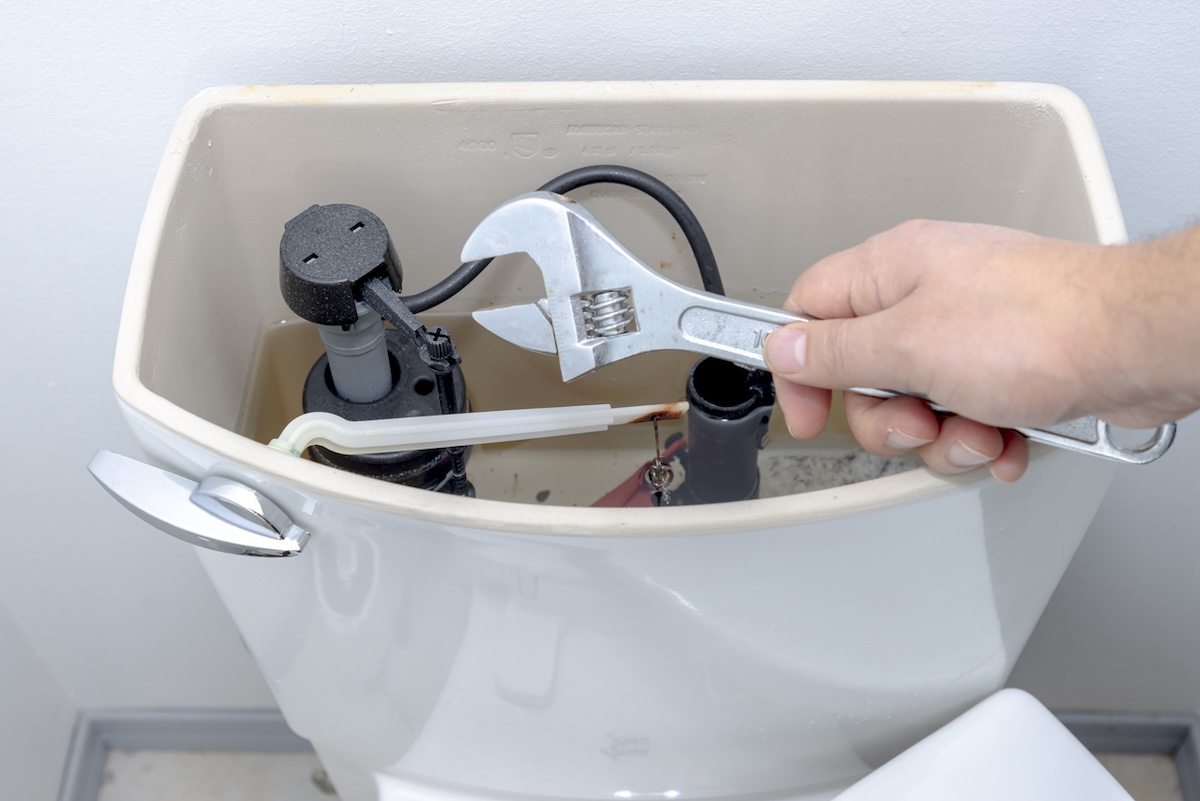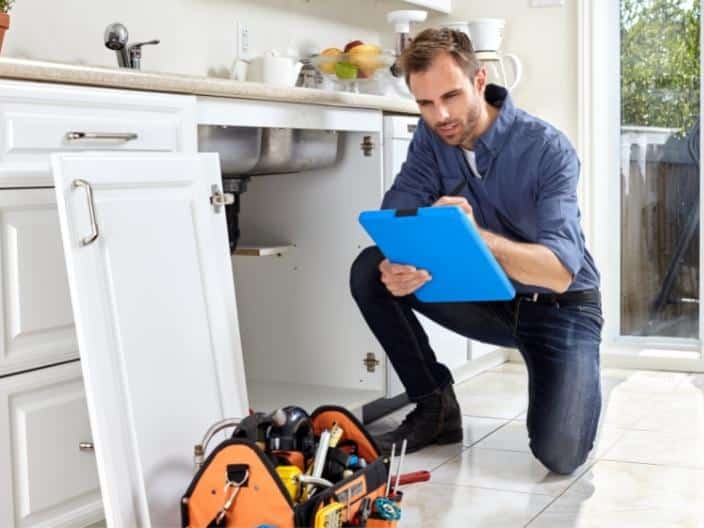The article directly below in relation to When to DIY and When to Call in the Plumbing Pros is absolutely fascinating. Check it out yourself and see what you think about it.

Intro
Plumbing problems can range from minor troubles to major frustrations, often prompting property owners to make a decision in between taking on the trouble themselves or hiring a professional plumber. Recognizing when to DIY and when to look for specialist assistance can save time, cash, and prevent possible disasters. This post discovers the variables to take into consideration when making this essential decision.
Advantages of DIY Pipes
Tackling pipes tasks on your own can be fulfilling in several methods, particularly for less complex jobs.
Cost Cost savings
DIY plumbing projects usually conserve cash by staying clear of specialist service charge. Jobs like taking care of small leakages, replacing faucets, or setting up new showerheads are instances where home owners can handle fixings without employing a plumbing.
Ability Improvement
Participating in do it yourself pipes offers a chance to discover and enhance practical skills. Fundamental jobs empower property owners to recognize their pipes systems much better and gain self-confidence in taking care of small fixings separately.
Dangers of DIY Plumbing
While do it yourself tasks supply benefits, particular dangers ought to be thoroughly considered prior to trying repairs.
Complexity of Tasks
Some plumbing issues require specialized knowledge and devices beyond typical homeowner capacities. Mishandling intricate problems can bring about additional damages and costly repair services.
Safety and security Problems
Working with plumbing systems includes dangers such as direct exposure to water damage, potential for electrical threats, and handling tools improperly. Safety safety measures have to be observed to avoid crashes and guarantee effective repairs.
Indicators to Call a Professional Plumber
Acknowledging when a pipes problem surpasses do it yourself capabilities is critical to avoid getting worse problems.
Indications of Facility Concerns
Examples consist of:
Motivate professional intervention is necessary to resolve these issues successfully and reduce damage.
DIY Plumbing Tips
For effective DIY pipes, it's essential to be prepared with the right tools and comply with appropriate treatments.
Basic Tools and Materials
Trick tools for do it yourself pipes:
Step-by-Step Guides
Clear directions guarantee secure and efficient do it yourself repair services:
Choosing the Correct Time to DIY
Identifying when to take on plumbing jobs on your own requires assessing both the complexity of the concern and personal convenience degrees.
Evaluation Checklist
Consider:
When to Most Definitely Call a Professional
Particular scenarios demand immediate expert focus to prevent substantial damage or security dangers.
Instances include:
Searching for and Working With a Specialist Plumber
Choosing a certified plumbing makes certain reputable solution and assurance in fixing plumbing issues.
Standards for Option
Variables to think about:
Cost Evaluation: do it yourself vs. Specialist Providers
Contrasting the monetary effects of do it yourself initiatives versus professional pipes services aids in making educated choices.
Financial Considerations
Examine:
Final thought
Determining whether to DIY or call an expert plumbing technician hinges on understanding the complexity of plumbing issues and individual capabilities. By considering the advantages and risks, home owners can make enlightened options that advertise effective maintenance and guard their homes from plumbing disasters.
DIY Plumbing Projects: What Homeowners Can Do and When to Call a Professional
Welcome to our comprehensive guide on DIY plumbing projects. In this blog post, we aim to empower homeowners with the knowledge and skills to tackle basic plumbing tasks around the house. From unclogging drains to fixing a leaky faucet, we’ll walk you through step-by-step instructions on how to handle these common issues.
However, not all plumbing problems can or should be solved with a DIY approach. Recognizing when a problem is beyond your skill level and requires professional intervention is just as important as knowing how to perform basic tasks. We’ll also discuss the signs that indicate it’s time to put down your tools and pick up the phone to call a professional plumber. By understanding when to DIY and when to call a professional, you can save time, avoid potential disasters, and ensure your home’s plumbing system remains in top shape.
Understanding Plumbing Basics
Before we dive into the DIY projects, let’s take a moment to understand the basics of your home’s plumbing system. A typical residential plumbing system consists of two major components: the water supply system, which brings fresh water into your home, and the drainage system, which removes waste water. These systems are made up of a network of pipes, valves, and fixtures that work together to deliver clean water and dispose of waste efficiently.
Regular maintenance of your plumbing system is crucial to prevent minor issues from escalating into major problems. This includes tasks like checking for leaks, removing minor clogs, and ensuring your pipes are insulated for winter. By performing these tasks regularly, you can extend the lifespan of your plumbing system, save money on water bills, and maintain the comfort and hygiene of your home.
In the following sections, we’ll explore some common DIY plumbing projects that homeowners can handle, as well as situations that require the expertise of a professional plumber. Whether you’re a seasoned DIY enthusiast or a beginner, this guide will provide you with valuable insights into the world of home plumbing.
DIY Plumbing Projects Homeowners Can Handle
Plumbing may seem intimidating, but there are several tasks that homeowners can confidently tackle with a little guidance and the right tools. Here are a few common issues you might encounter and how to address them.
Unclogging Drains
Use a Plunger: This is your first line of defense. A good old-fashioned plunger can dislodge the obstruction and clear the drain in many cases. Try a Plumber’s Snake or Hand Auger: If the plunger doesn’t work, a plumber’s snake or hand auger can reach deeper into the pipe to break up the clog. Use a Drain Cleaner: If physical methods fail, a chemical drain cleaner can dissolve the clog. However, use these products sparingly as they can damage your pipes if overused.

I recently found that piece on when doing a search on the web. Feel free to pause to share this content if you enjoyed it. Bless you for your time. Come back soon.
Schedule A Service